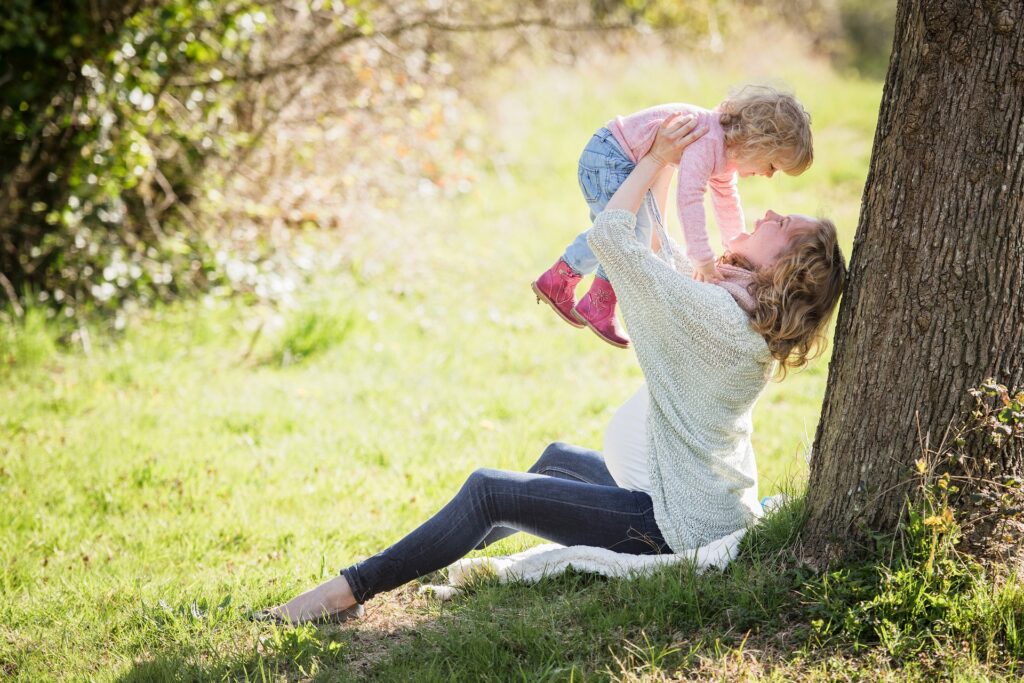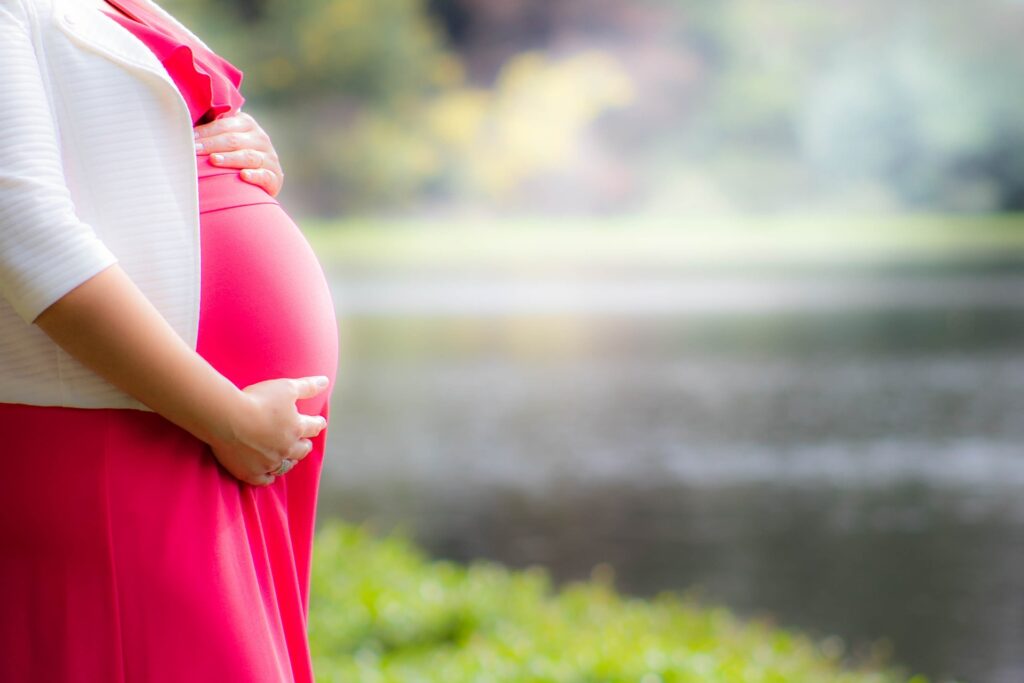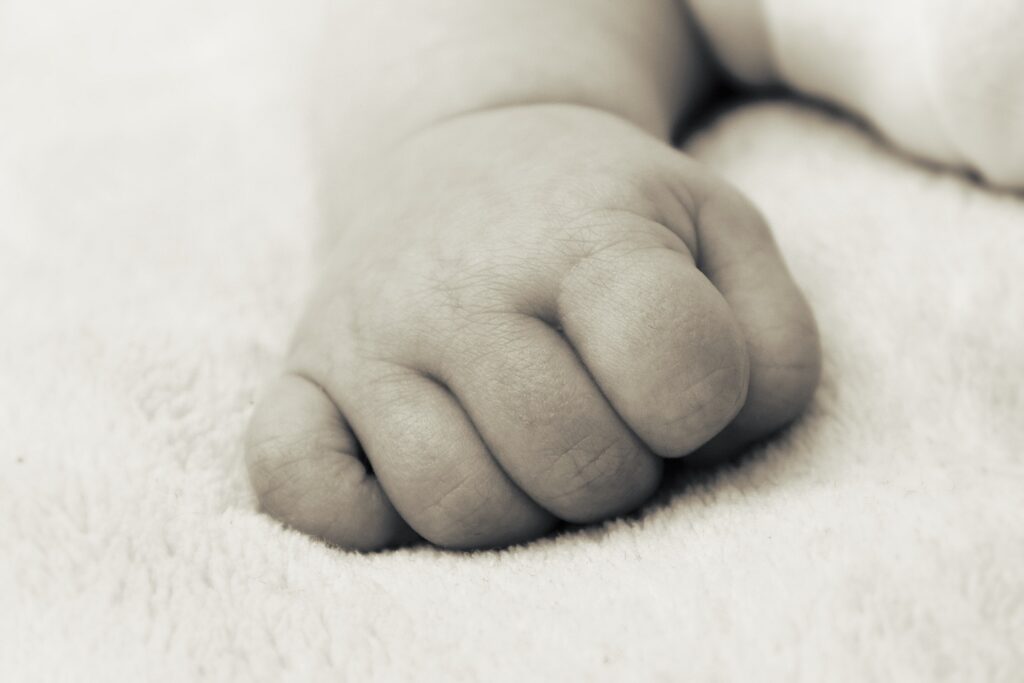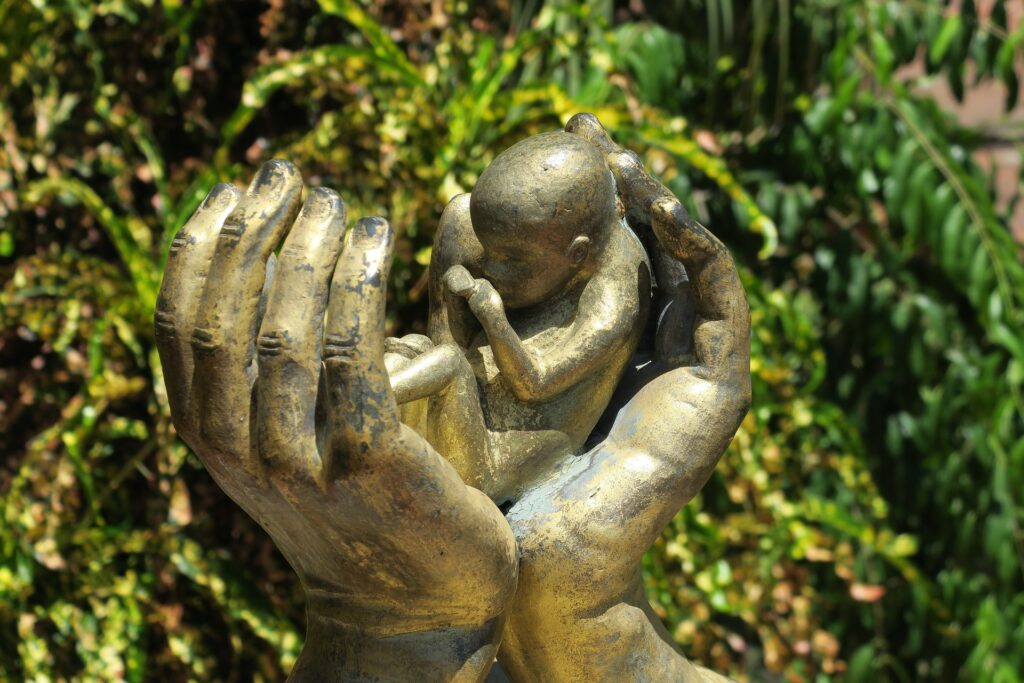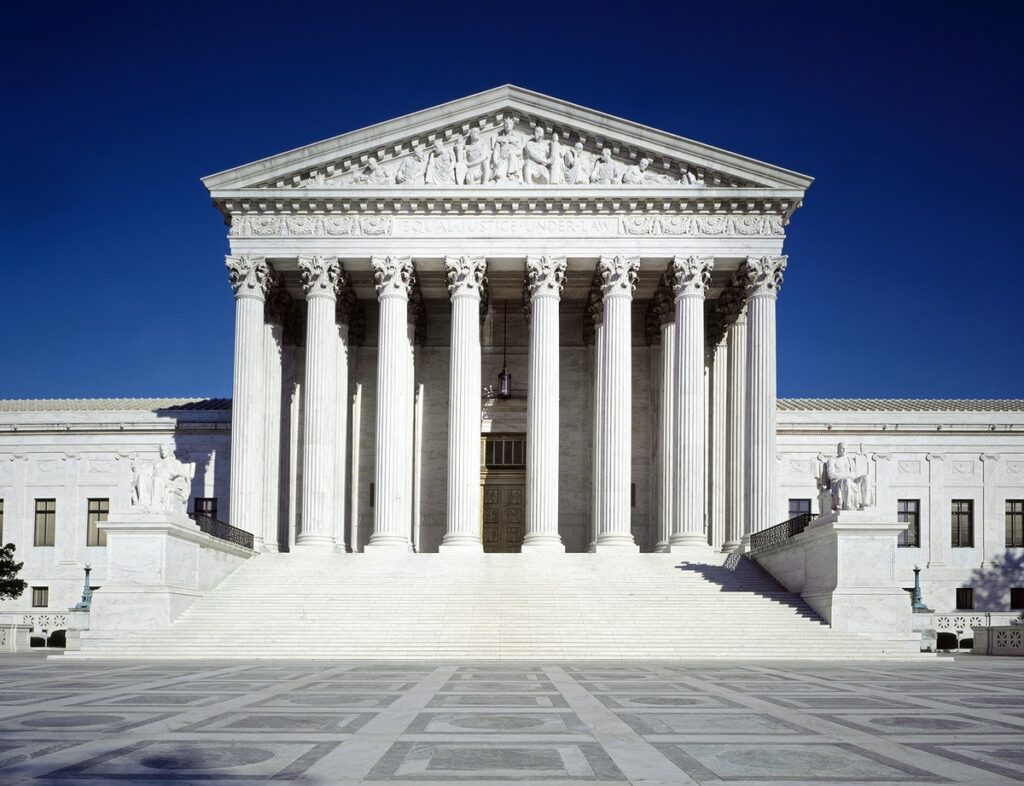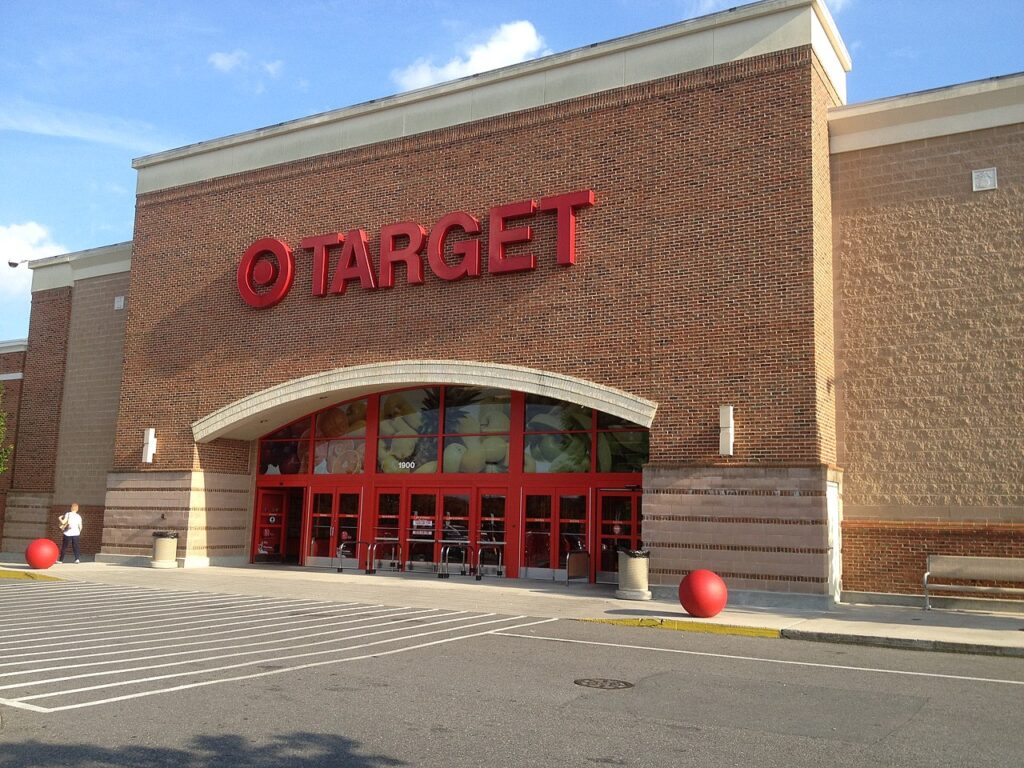For founders Randy and Evelyn James, their journey into maternity homes began with their own baby. Their son, Paul Stefan, was born with a fatal condition and lived only 40 minutes. This profound experience fueled their commitment to help women facing crisis pregnancies. In August, the Paul Stefan Foundation will expand with seven more rooms at their headquarters in Orange, Virginia, highlighting a nationwide trend since the Supreme Court overturned Roe v. Wade.
Nationwide Expansion of Maternity Homes
The Supreme Court’s decision has spurred the growth of maternity homes across the U.S. According to Valerie Harkins of the Maternity Housing Coalition, the network of 195 homes has grown 23% since the ruling. Over 450 maternity homes now operate in the U.S., many faith-based, offering long-term support to low-income pregnant women and mothers.
Historical Pain and Present Solutions
The peak of American maternity homes occurred before Roe v. Wade, during the “Baby Scoop Era,” when many unwed mothers were coerced into giving up their babies for adoption. Modern maternity homes, aware of this painful legacy, strive to offer compassionate and supportive environments. Today’s residents are typically from impoverished backgrounds, seeking housing and financial support during and after their pregnancies.
Diverse Missions and Challenges
Some maternity homes focus on keeping children out of foster care or specialize in addiction recovery. Others, like Liberty Godparent Home, still emphasize adoption, sometimes leading to feelings of coercion among residents. Yet, many homes, like Mary’s Shelter, provide crucial support without religious requirements, filling a gap left by the lack of a robust social safety net.
Filling the Void
With public assistance limited, maternity homes like Paul Stefan and Mary’s Shelter are crucial. They provide essential services, often without state or federal funds, though their residents may receive them. Across the country, new homes are emerging, supported by federal grants and state funds. These homes offer more than shelter; they build communities where women find support and guidance.
A Personal Village
At Paul Stefan, the Jameses and their team provide personalized care. Residents like Danielle Nicholson, who spent five years at Paul Stefan, attest to the transformative impact of these homes. Despite initial struggles, Nicholson found a supportive environment that inspired her to become a social worker, aiming to help other vulnerable families.
Growing Trend in Maternity Homes
The expansion of maternity homes signifies a broader movement to support women in crisis pregnancies. These homes provide a critical alternative, ensuring that women have the resources to carry their pregnancies to term and beyond, reflecting a compassionate approach to a complex issue.
Source:
After the End of Roe, a New Beginning for Maternity Homes
Image: Photo by Tim Bish on Unsplash


